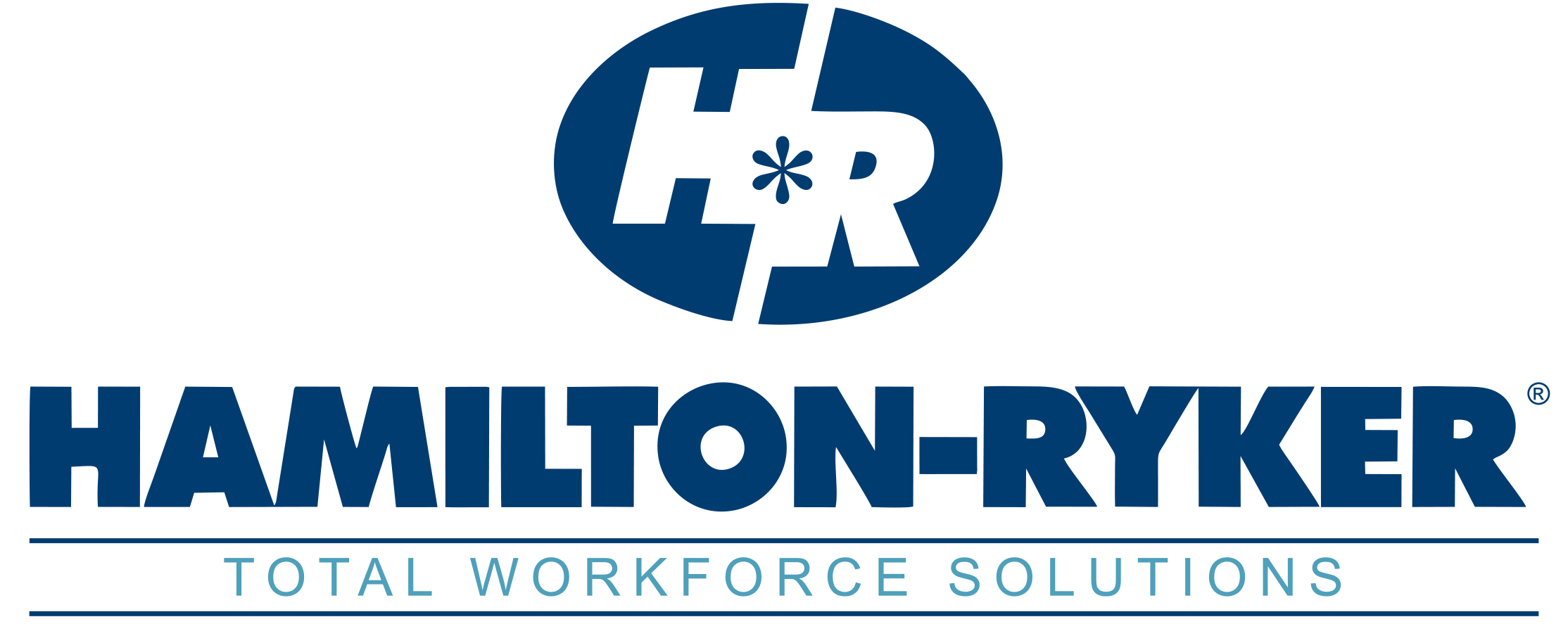Virtual Reality Forklift Training: The Future of Safety
Virtual reality (VR) is becoming increasingly popular. New video games and general VR experiences are allowing people to experience what it’s like to fly, ride roller coasters, and much more. These systems are most frequently used for leisure activities and fun. However, they are also quite useful for training new employees to use potentially dangerous equipment.
Virtual reality forklift training is making warehouses and loading docks much safer places to work. There are a variety of benefits to both employers and employees from making use of this technology.
But how does virtual reality forklift training work? And what are the benefits?
How It Works
Virtual reality is an amazing tool to completely eliminate the risk involved with learning to operate new machinery. Forklifts are very strong machines. This is why they’re used to carry, unload, and store large pallets of materials and other heavy objects. But this amazing capacity for power also brings a potential for drastic injuries.
Virtual reality forklift training is a great way for new hires to learn the mechanics of operating a forklift without putting the operator, or anyone around them, in danger.
The trainee wears goggles that make it look like they are in a real-life setting. This could be in a warehouse, on a loading dock, or anywhere else a forklift could be operating. The goggles interact with the movements of the operator. When they turn their head to the left, the view inside the goggles moves to the left, too.
They will also hold a controller in each hand. This controls the hands they will see inside the goggles. There are pedals on the floor that correlate to the pedals in a forklift, which they will operate as if driving a real forklift.
The controls on the forklift inside the VR headset operate the forklift just like in real life. They will learn how to pick up and safely maneuver a pallet. Virtual reality forklift training will also give the trainee practice in driving with a pallet on the front of the vehicle. They will learn to avoid coworkers and other obstacles as they move the payload from one location to the next.
And finally, the trainee will use the controls within the game along with the pedals on the floor to set the pallet down and safely move the forklift away.
Contact Hamilton-Ryker for more workforce solutions!
Benefits to Employers
Well-trained employees are always a great benefit to any employer. But virtual reality forklift training adds to those benefits in a few different ways.
First, it saves the employer money. These training sessions for new forklift operators are an absolute necessity. But using VR instead of an individualized training session saves the employer labor cost because they don’t need to have a trainer there to explain the different movements, mechanics, and tactics throughout the entire training process.
These training programs can take up to two days of direct training, followed by more practice until the trainee has a good handle on the controls and movements of a forklift. Saving the labor of a trainer can add up over time.
Another benefit is the employer can be sure each trainee is receiving the same training sessions. There will always be variability between different trainers and that can occasionally lead to issues out on the floor. But everyone will have the same information with virtual reality forklift training.
And finally, employers stand to save themselves any repairs to the machines or surrounding structures from mistakes. These mistakes are going to happen, and they can be costly. However, any mistake in virtual reality isn’t going to cause any real-world problems or repair bills.
Benefits to Employees
The number one benefit to employees is that it’s much safer for them to be taught on a virtual forklift when compared to a real one. Accidents unfortunately happen. And these machines are very heavy and very strong. Running into something, dropping a pallet, or tipping the forklift over can lead to catastrophic injuries.
The potential for an accident is much higher when an employee is still learning to use the machine. Taking the awkward learning phase out of the warehouse and placing it firmly within virtual reality keeps everyone much safer. This includes the trainees as well as your current employees.
Those who use virtual reality forklift training find the experience much less stressful. They know the consequences of a mistake are not going to be dire. This puts them in a better headspace while they are learning, which makes the lessons much easier to internalize and remember.
Contact Hamilton-Ryker to learn more about how we can help with industrial staffing!

